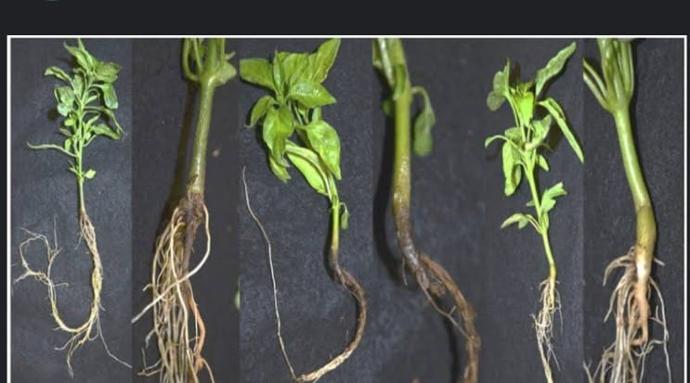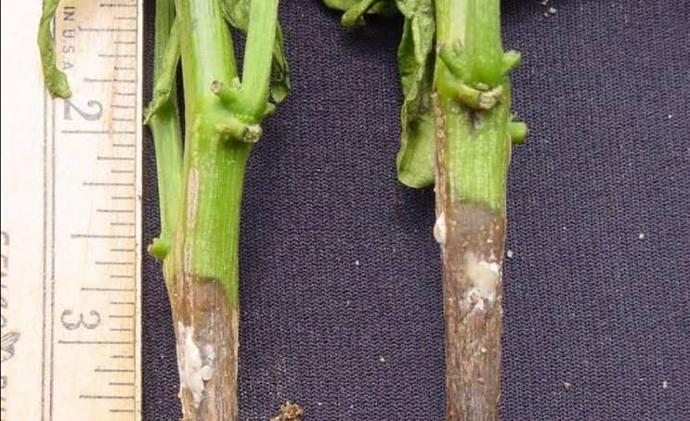Ornamental Chilli Plant
Ornamental Chilli, possibly referring to a specific chili pepper variety grown for ornamental purposes, may have varying care requirements. Generally, provide well-draining soil, appropriate sunlight, and regular watering. Pruning and fertilizing practices may vary.
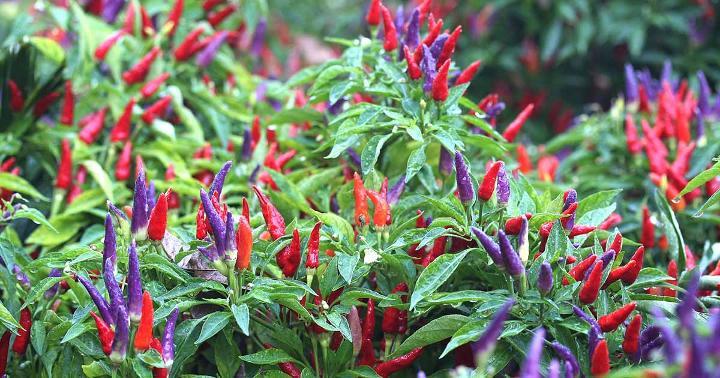
Habit
Perennial
Growth
Fast
Soil
Well Drained, loamy
Shade
Full Sun
Moisture
Moist
Edible
yes
Medicinal
No
Origin
South America
Climatic Condition
Tropical, Subtropical
Temperature (°)
15-30°C
Humidity (%)
60-80%
Potting media
Loamy, peat
Fertilizers
Balanced NPK (10-10-10)
Watering
Regular, moderate
Plant Weight
50-150 g
Flowering Time
Summer, Fall
Soil Ph level
6.0 - 7.5
Water Ph level
6.5- 7.5
Soil EC
1-2 dS/m
Yield Per Plant
Ornamental, fruit
NPK ratio
10:10:10
life Span
Annual
Health Benefits
Decorative, anti-inflammatory, boosts metabolism
Suggested Grow Media or Potting Mix ?
50% compost, 30% perlite, 20% peat moss
Suggested Fertigation/Fertilizers
Fertilize every 2 weeks with a balanced, water-soluble fertilizer.
Common Diseases and Remedies
Sclerotinia rot, Root rot.
A Pale or dark brown lesion, Stunting and chlorosis.
Spraying foliar sprays, Planting resistant varieties.
HEALTH BENEFITS
Immune system
· Contain vitamins A and C, which can help build immunity against infections and illnesses.
· Contain phytochemicals and phenolic acids, which can help boost the immune system.
Skin and eyes
· Contain vitamin C, which can help keep skin healthy and glowing, and reduce signs of premature aging.
· Contain vitamin A, which is important for maintaining healthy eyes.
Inflammation
· Contain capsaicin, which has antibacterial properties that can fight chronic sinus infections
· Contain inflammatory properties that may help treat arthritis.
What Is An Ornamental chilli?
Ornamental chili pepper, also known as ornamental chili pepper, is grown primarily for its attractive appearance and not for culinary purposes. These peppers come in a variety of shapes, sizes, and colors, from small round fruits to elongated pods in shades of red, orange, yellow, purple, and even black. Because of its bright color and ornamental value, it is often grown as an ornamental plant in gardens, landscapes, and containers. Some ornamental chili peppers are edible, but others are very spicy and not suitable for consumption. Ornamental chili peppers, also known as ornamental chili peppers, are varieties of chili peppers that are grown for decoration rather than for consumption. These peppers are often grown for their vibrant colors, which range from red, orange, yellow, purple, and even black. Although edible, they are usually small and very spicy, making them more ornamental than culinary. They are popular for adding color and interest to gardens, landscapes and interiors.
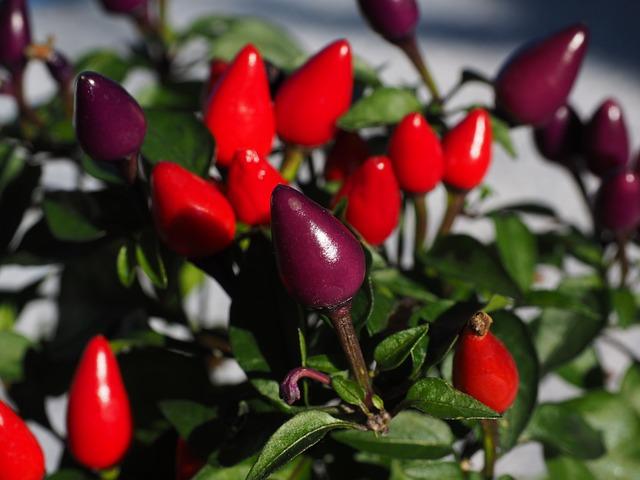
What Are The Different Types Of Ornamental chilli?
1. Black Pearl
This variety has deep purplish-black leaves and glossy black fruits that turn red when ripe.
2. Numex Twilight
These peppers start out purple, then turn yellow, orange, and finally red, creating a beautiful gradient throughout the plant.
3. Lemon Drop
This variety produces small, bright yellow fruits reminiscent of lemons that add color to gardens and containers.
4. Medusa
Named after a character in Greek mythology, this chili pepper has long, curvy fruits that resemble the hair of a serpent or Medusa. They come in a variety of colors, including red, orange, and yellow.
5. Bolivian Rainbow
As the name suggests, this variety produces peppers that ripen in a variety of colors from the same plant, including purple, yellow, orange, and red.
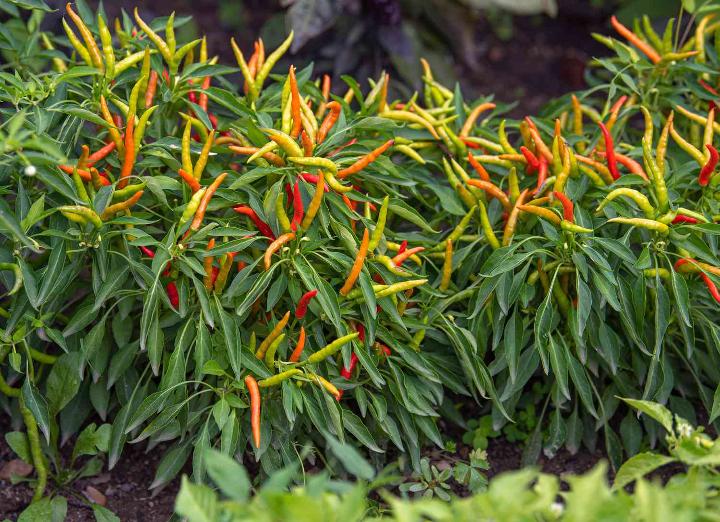
How To Care For Ornamental chilli?
1. Location
Ornamental chili peppers grow in well-drained soil and in sunny locations. It can be grown outdoors in the garden, in containers, or in hanging baskets as long as it receives at least 6 hours of sunlight per day. Make sure the soil is fertile and slightly acidic. If you live in a cooler climate, consider growing it in a pot so you can bring it indoors during the colder months.
2. Sunshine
Ornamental chili pepper plants usually grow in full sun. For optimal growth and fruit production, provide at least 6 to 8 hours of direct sunlight each day. Make sure the soil is well-drained and water the plant regularly, allowing the soil to dry out a little between waterings. Additional fertilization is also beneficial during the growing season to support healthy foliage and flower production.
3. Soil
It is important to use well-ventilated, well-drained soil for ornamental chili pepper plants. A mixture of potting soil, perlite, and compost is effective. Avoid heavy soils with high moisture content as this can cause root rot. Also, make sure the soil pH is slightly acidic (about 6.0 to 6.8) for optimal growth.
4. Hydration
Hydration of ornamental chili peppers involves maintaining constant moisture levels in the soil. Water when the top of the soil feels dry. However, be careful not to overwater as this may cause root rot. Make sure there is good drainage in the pot to avoid water clogging. Additionally, occasionally misting the leaves can create a moist environment, which some ornamental chili varieties may prefer.
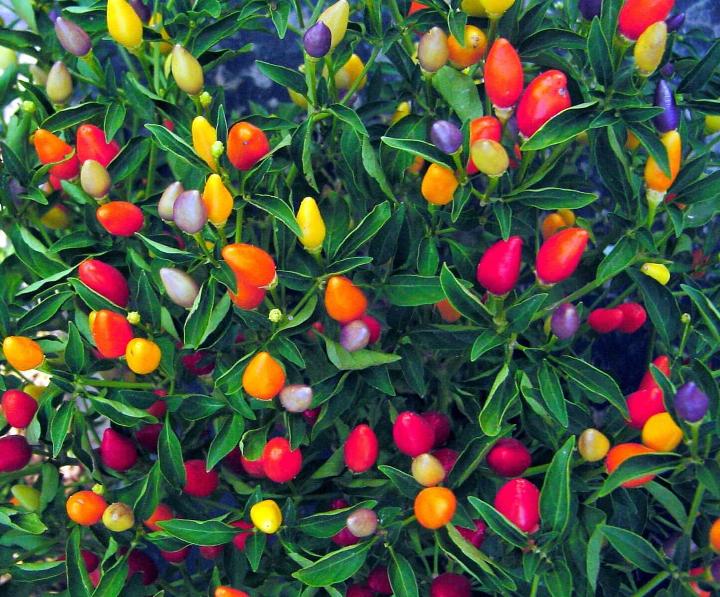
5. Nourishment
Ornamental chili plants can be fed with a balanced fertilizer for flowering plants. Look for a fertilizer with a balanced NPK ratio, such as 10-10-10, and apply according to the manufacturer's instructions. Also, make sure your plants receive enough sunlight, water, and proper drainage to ensure optimal growth. Avoid over-fertilizing as it can harm the plant.
6. Issues
Ornamental peppers can be attacked by many pests and diseases, including aphids, spider mites, whiteflies, whiteflies, and Colorado potato beetles. These pests can weaken plants and spread diseases.
What Are The Benefits Of Ornamental chilli
Beauty Appeal Bright colors and attractive foliage make a wonderful accent to your garden, balcony, or indoor space to enhance visual appeal. Low Maintenance Ornamental chili pepper plants are often easier to care for than other ornamental plants and require minimal attention. Pest Repellent Some research suggests that the capsaicin in chili peppers acts as a natural pest repellent and may help keep insects and other pests away from your garden. Culinary uses Although primarily grown for ornamental purposes, some ornamental chili pepper varieties are edible and can be used to add color and flavor to dishes. Medicinal properties Like edible chili peppers, ornamental chili peppers also contain capsaicin, which, when consumed in moderate amounts, has been associated with a variety of health benefits, including analgesic and metabolic stimulating effects. Symbolism In some cultures, chili peppers symbolize good luck, protection, and prosperity, making them popular decorative elements for homes and gardens.

FAQs About Growing Ornamental chilli
1. How to maintain ornamental chilli?
Watering Keep the soil consistently moist but not waterlogged. Water when the top inch of soil feels dry to the touch. Avoid overwatering, as it can lead to root rot. Light Place the plant in a location with plenty of sunlight, ideally receiving at least 6-8 hours of direct sunlight per day. If grown indoors, place near a south-facing window or provide supplemental grow lights. Temperature Ornamental chili plants prefer warm temperatures, ideally between 65-80°F (18-27°C). Avoid exposing them to cold drafts or extreme temperature fluctuations. Fertilizing Fertilize the plant every 2-4 weeks during the growing season (spring and summer) with a balanced fertilizer. Reduce or stop fertilizing in the fall and winter when growth slows down. Pruning Regularly pinch back the tips of the plant to encourage bushier growth and promote more flowering. Remove any dead or yellowing leaves to maintain plant health. Pest and Disease Control Keep an eye out for common pests like aphids, spider mites, and whiteflies. If necessary, treat infestations with insecticidal soap or neem oil. Additionally, avoid overhead watering to prevent fungal diseases like powdery mildew.
2. What are the uses of ordinary chilli?
Culinary purposes They add flavor and heat to a wide range of dishes, including soups, stews, sauces, and marinades. Spice blends Ground chili peppers are often used in spice blends like chili powder, curry powder, and taco seasoning. Preserving food Chili peppers can be used in pickling or drying to preserve them for later use. Medicinal uses Some cultures use chili peppers for their medicinal properties, including pain relief and as a digestive aid. Insect repellent The capsaicin in chili peppers can act as a natural insect repellent when used in sprays or powders. Ornamental purposes Some varieties of chili peppers are grown for their ornamental value, adding color to gardens or indoor spaces.
3. Can I grow ornamental chilli indoor?
Yes, you can definitely grow ornamental chili plants indoors! They thrive well in containers and require adequate sunlight, warmth, and well-draining soil. Just make sure to provide them with enough light, either through natural sunlight or grow lights, and keep the soil consistently moist but not waterlogged. With proper care, you can enjoy beautiful ornamental chili plants indoors.
4. Which pot is best for growing ornamental chilli?
For growing ornamental chili peppers, it's best to use a pot that is at least 12-16 inches in diameter and has good drainage. Terra cotta pots are popular because they allow for good airflow to the roots and help prevent overwatering. Make sure the pot has drainage holes at the bottom to prevent waterlogging. Additionally, choose a potting mix specifically designed for container gardening or vegetables, as it will provide the necessary nutrients and drainage for healthy growth.
5. From where can I shop for ornamental chilli?
You can shop for ornamental chili plants at local nurseries, garden centers, or online plant retailers. Websites like Etsy, Amazon, or specialty plant websites often carry a variety of ornamental chili plants for purchase. Make sure to check the reviews and reputation of the seller before making a purchase.
